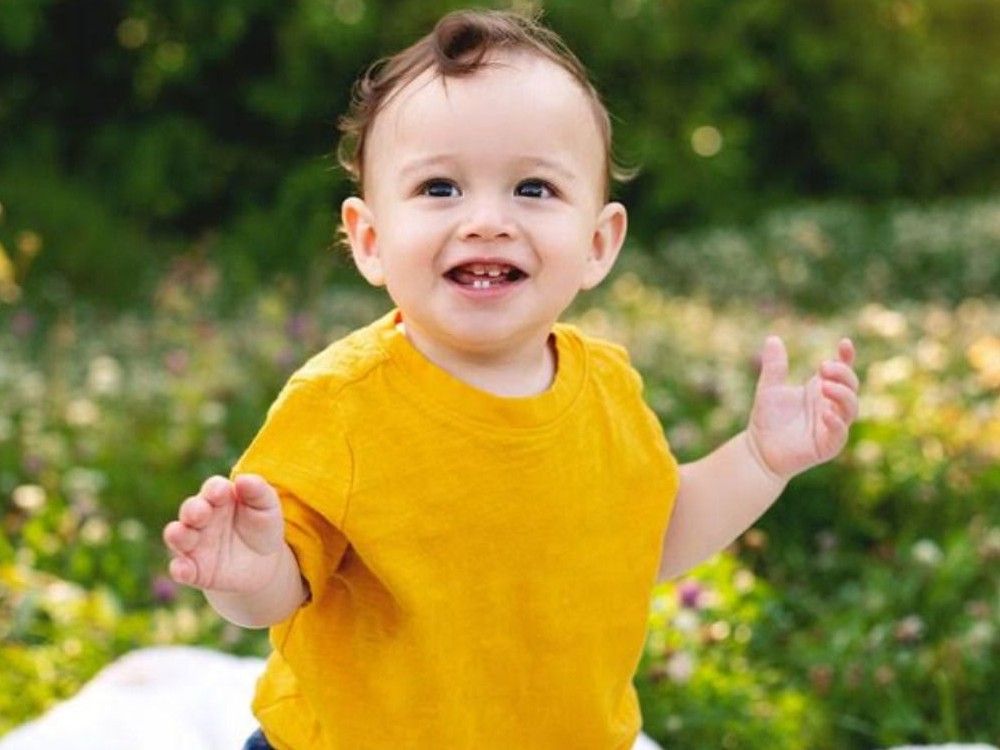he has endured months of chemotherapy, drugs, physiotherapy and had a port implanted in his chest to receive medication more easily. and though he has responded well to treatment, it was not without difficulties.
“he blew up on the steroids, and by the end, i couldn’t recognize his face,” says laura, adding that there were also a lot of days that his energy was so good that you would never know he had cancer.
if all goes well, adrian will be in maintenance care in about a month — which is less intense — taking oral chemotherapies at home and receiving iv chemotherapy in the hospital clinic once a month.
every time laura birkett of niagara falls, ont. has to consent to cancer therapy drugs for her five-year-old son adrian, she’s told about the challenges he could face. getty
new treatments ‘exciting’
while whitlock agrees that the level of care and treatments have advanced tremendously, he’d like to see the management of childhood cancers have less of an effect on the future health of survivors.
“it’s really exciting to be living in an era in which we now have completely new treatment paradigms that we didn’t really have for children 10 years ago,” he says. “[but] it’s not only about saving the 20 per cent of children that we can’t save now, but also finding ways that are more effective and less toxic than the poisons that we use to cure so many of our patients.”
scientific research is a key part of the answer to making change, says patrick sullivan, a vancouver lawyer, as well as a member of the board of directors for
childhood cancer canada. he is one of many advocates determined to see leading cancer treatments get to kids in a timely way. his son finn was diagnosed with rhabdomyosarcoma in 2007, a disease where malignant cancer cells form in muscle tissue. the family was told there was a 70 per cent chance of survival, but the cancer returned in 2008 and finn died at age three in october that year.
 6 minute read
6 minute read










